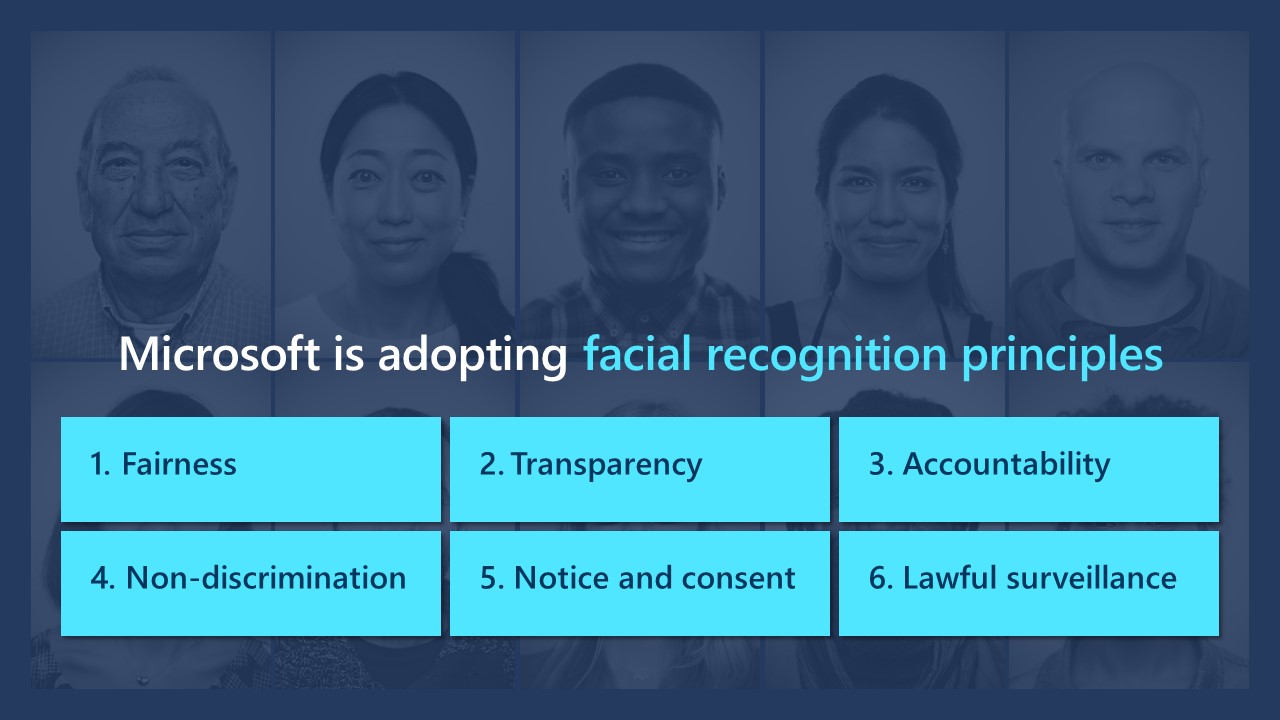Hello and welcome back to Equity, TechCrunch’s venture capital-focused podcast, where we unpack the numbers behind the headlines.
This week we had Connie Loizos in the studio along with Kate Clark, myself and a special guest. The special guest was fitting, as it was a special episode. Why? Because this is our 100th episode, a milestone that would have probably seemed a silly idea back when we started the show.
This week our first guest, SaaStr founder and venture capitalist Jason Lemkin came back on the show. When he first showed up, we talked Elon Musk. This time it was ridesharing liquidity, ridesharing M&A and more.
Sadly two of our founding members (Katie Roof and Matthew Lynley) are elsewhere as we reach 100 shows, but a big cheers to them for their work. Hugs and thanks to Chris Gates for producing Equity with a rare mixture of kindness and patience. Material appreciation to TechCrunch’s Henry Pickavet and Yashad Kulkarni for approving and shepherding the project thus far, and a big round of appreciation for Connie Loizos, Danny Crichton and Kate Clark for joining the hosting crew.
Finally, thanks to you for sticking with us. Millions of downloads, live shows successful and not and three-figures of episodes later, we’re still here!
Alright, enough self-congratulation. Let’s talk tech. And money.
This week we had a bit of a laundry list of topics to get through. The first of which was Lyft’s now publicly known, but privately filed IPO document. The company is going public about going public while staying private about the same matter.
Regardless, Lyft’s decision to go public now should mean it’s the first out of the gate. Uber will go public second. Which company that order will assist isn’t super clear. In the past, it was thought that the first of Uber and Lyft to go public would expose itself to pricing pressure from its yet-private competitor. But this deep into the ridesharing saga, and with both companies still so unprofitable, perhaps that isn’t the case.
Uber may be scooter shopping regardless, so perhaps its IPO isn’t in the offing. Yes, reporting indicates that the company may be playing Duck Hunt because it could be taking aim at Bird. With an M&A gun? This analogy isn’t good.
If Uber buys Bird, say, does that mean Lyft buys Lime? Even though Uber is a Lime investor? Place your bets.
Next up we riffed on Utah’s tech scene, the well-known Silicon Slopes . The region’s 2018 has been big. Podium raised and posted big revenue growth figures. Pluralsight and Domo went public. And most recently, Weave raised $37.5 million. It’s a big year for the state. My view is that it is no longer up-and-coming. Our guest agreed.
And finally, Kate took us through the Huawei fiasco. The company’s CFO has been detained in Canada for what MSNBC calls “U.S. extradition.” Oof. This at a time when the American premier is rattling about in his barrel about trade. The stock market is worried. Maybe we should be as well.
Equity drops every Friday at 6:00 am PT, so subscribe to us on Apple Podcasts, Overcast, Pocket Casts, Downcast and all the casts.




